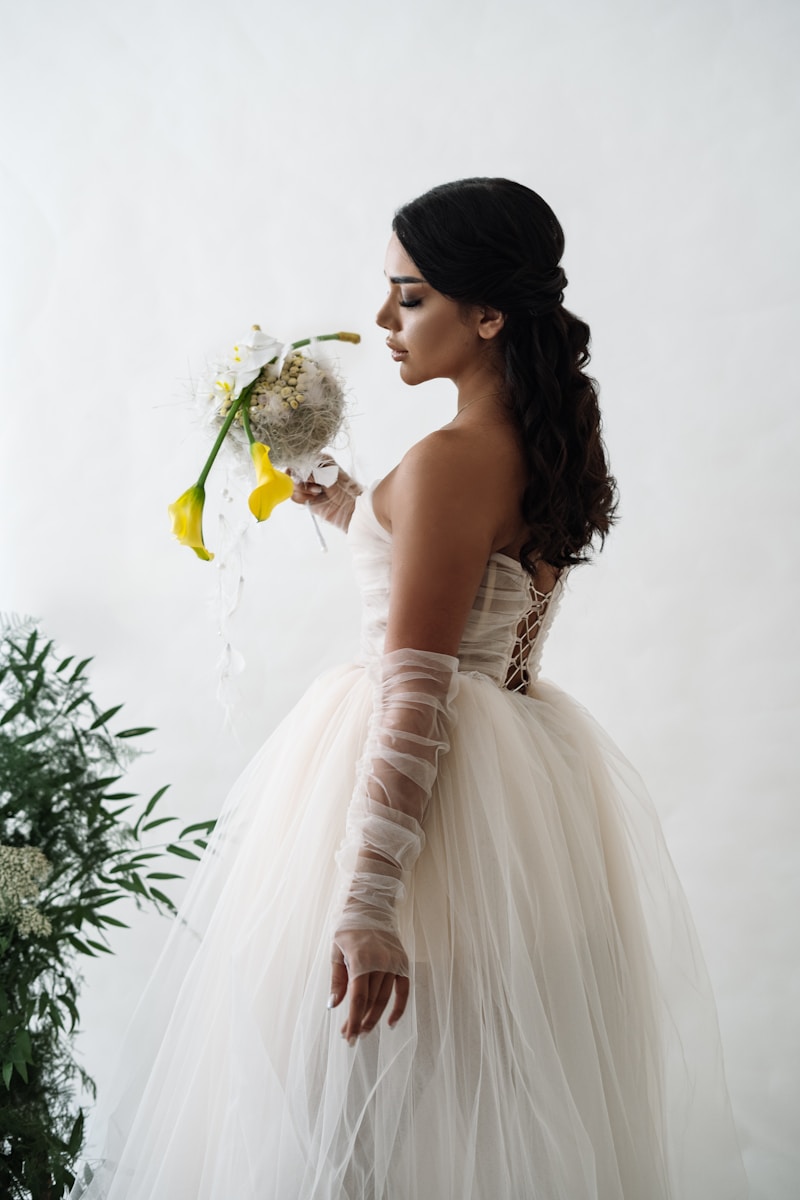Unlocking the Secrets: The Ideal Times for Dress Fittings
Unlocking the Secrets: The Ideal Times for Dress Fittings
When it comes to preparing for major life events such as weddings, proms, or special celebrations, one aspect that often dictates success is the perfect dress. However, finding that ideal dress is just the tip of the iceberg; the timing of your dress fittings plays an equally crucial role. In this article, we will delve deep into the ideal times for dress fittings, ensuring you look stunning on your big day. We will explore various factors to consider, including body changes, busy schedules, and the different phases of gown alterations.
Understanding the Importance of Timing
Choosing the right time for dress fittings is a vital step in the wedding or event planning process. The timeline assists not just in ensuring that the dress fits perfectly, but also spaces out the fittings to allow for any necessary adjustments. Here are key points to consider:
- Body Changes: Your body may change due to various factors such as diet, exercise, or even stress. Understanding when to schedule fittings can help accommodate these changes.
- Event Schedule: With many events leading up to the big day, aligning your fittings within your busy schedule is essential.
- Designer Recommendations: Designers often offer specific timelines for fittings, keeping in mind the garment construction and alteration processes.
Ideal Times for Dress Fittings
Based on expert recommendations and common practices, the ideal times for dress fittings can be broken down into various phases:
1. Initial Fitting: 6-8 Months Before the Event
The preliminary fitting is usually scheduled six to eight months prior to the event. At this stage, the bride or individual will meet with their consultant to select the dress and take preliminary measurements. It is essential for this fitting to happen early to allow for:
- Design adjustments and customization.
- Creating a plan for further fittings based on preliminary sizing.
- Secure the dress in a timely manner, avoiding last-minute stress.

2. First Alteration Fitting: 2-3 Months Before the Event
After selecting the dress, the first alteration fitting should occur roughly two to three months before the event. This timeframe allows for:
- Initial alterations according to the specific body shape.
- Assessing additional alterations needed based on weight fluctuations or preferences.
This fitting is essential to ensure the garment starts to take form as per the wearer's specifications.
3. Second Alteration Fitting: 1 Month Before the Event
As the event date approaches, the second alteration fitting is crucial. This is when any final adjustments are assessed and made. Here's why this phase matters:
- Fine-tuning the dress fit.
- Ensuring any additional design elements, such as beading or embroidery, are in place.
- Handling any unforeseen weight changes or adjustments.
4. Final Fitting: 1-2 Weeks Before the Event
The final fitting, typically scheduled one to two weeks before the event, is one of the most important. At this stage, you will ensure everything is perfect. Consider the following:
- Inspecting the dress for any last-minute changes required.
- Practicing moving in the dress as it will be worn on the big day.
- Confirming all accessories are accounted for.
Table: Summary of Ideal Times for Dress Fittings
| Fitting Phase | Timing | Purpose |
| Initial Fitting | 6-8 Months Before | Selecting the dress and taking preliminary measurements. |
| First Alteration Fitting | 2-3 Months Before | Initial alterations and addressing design preferences. |
| Second Alteration Fitting | 1 Month Before | Final adjustments based on fit and design. |
| Final Fitting | 1-2 Weeks Before | Final checks and practice wearing the dress. |
Additional Considerations for Scheduling Dress Fittings
Aside from the standard timeline, it's wise to keep in mind a few additional factors that may impact your fittings:
- Personal Schedule: Keep your personal schedule in mind. Balancing work, family, and social obligations can lead to tight fitting timelines.
- Seasonal Trends: Depending on the season, certain times of the year may be busier for bridal shops, so it's worth your while to book ahead.
- Attending Events: If you have other events leading up to the main occasion, you might find it helpful to schedule fittings around those dates.
Common Questions About Dress Fittings
How Many Fittings Will I Need?
On average, most people require three to four fittings; however, this number can vary based on personal preference and design requirements.
What Should I Bring to Dress Fittings?
It’s best to bring your chosen undergarments, shoes, and any accessories you plan to wear with your dress to ensure a more accurate fit.
What Should I Expect During a Fitting?
During a fitting, you can expect to try on your dress while your consultant will measure, pin, and suggest areas for alteration. Open communication about your comfort level is vital.
Conclusion: Mastering the Art of Dress Fittings
The ideal times for dress fittings are crucial in preparing for any event that celebrates significant life moments. By understanding and scheduling your fittings effectively, you can sidestep common pitfalls and ensure that your dress fits as beautifully as your vision. Remind yourself to allow ample time for alterations, keep communication open with your consultant, and, above all, enjoy the process. Proper timing not only allows for a beautiful fit but also alleviates the pressures of last-minute changes. So mark your calendar, communicate your needs, and step confidently into your event knowing you look stunning!
